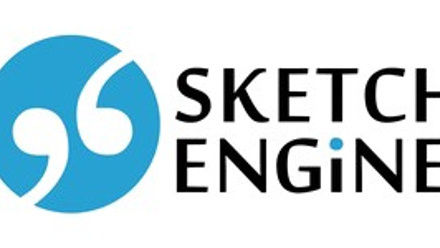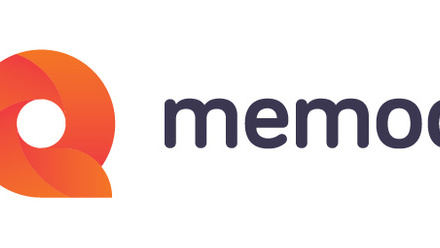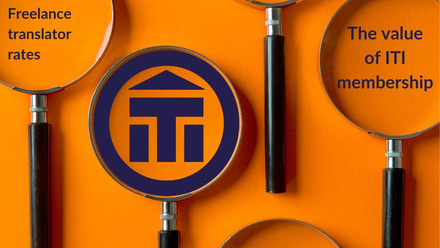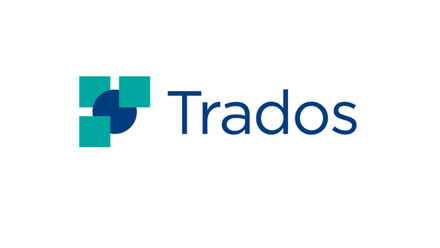The use of machine translation in human translation workflows
This report provides an insight into the use of machine translation (MT) in human written translation settings.
The report has two parts.
Part I presents findings from interviews conducted with technology specialists, project managers, managing directors and professional translators between March 2016 and October 2017. Thirty interviews lasting nearly twenty hours in total were conducted with participants in eleven countries. The interview findings were presented at an industry-academia knowledge exchange event held at the University of Bristol in January 2018.
Part II presents findings from this event.
Recommendations emerging from the interview findings and from discussions held at the Bristol knowledge exchange event include:
- Avoiding the use of measures based on edit distance as the only parameter used to calculate post-editing rates
- A need for more research and development initiatives that investigate reliable alternatives to word rates
- Preventing negative and non-transparent uses of activity tracking (i.e. tracking of translating time and/or keyboarding)
- Improving communication and transparency to ensure that all members of translation supply chains are in synch regarding concepts, expectations and product specifications
- More training to match editing skills and knowledge of machine translation across professional translation teams
- A need to educate society and end-clients of what to expect from machine translation technology






